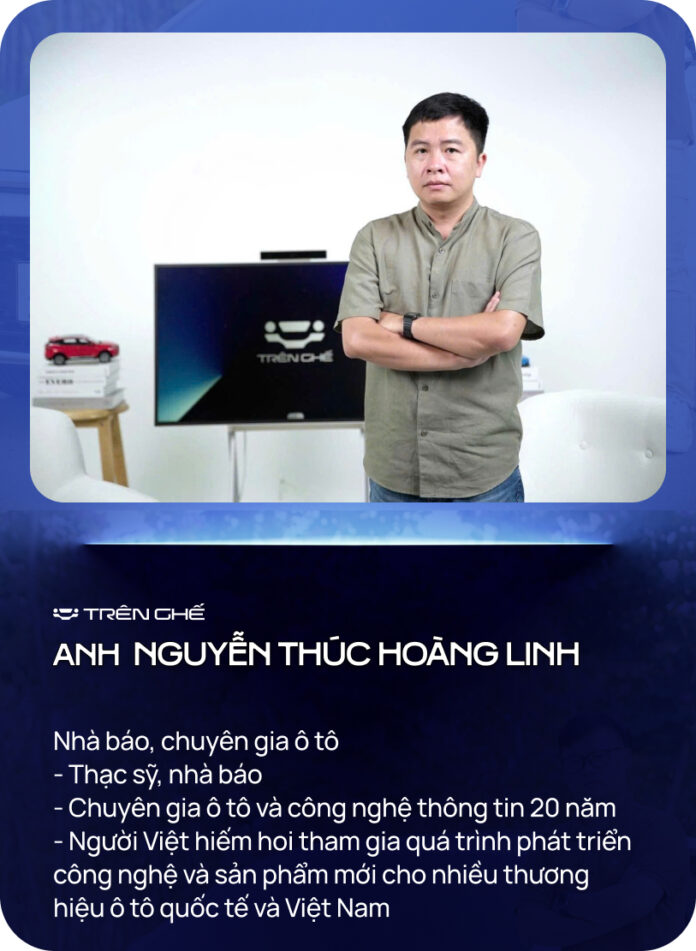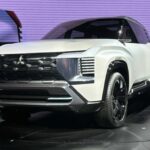Here’s a recap of the 128th episode of ‘On the Chair’ aired on HTV9 on June 7th, 2025
Hot Topics
The 2025 Isuzu mu-X has been officially launched in Vietnam on June 6th in Hanoi.
The vehicle is offered in 5 variants, with prices ranging from 928 million to 1.269 billion VND.
The mu-X 2025 boasts a “Bold & Dynamic” exterior design language, featuring a large grille, Bi-LED headlights, 20-inch alloy wheels, and the new Eiger Grey color. Notable interior changes include Truffle brown leather seats, an 8-way power-adjustable driver’s seat, a 9-inch central display with wireless Apple CarPlay/Android Auto connectivity, Type-C charging ports, electronic parking brake, and dual-zone climate control.
In terms of performance, the mu-X continues to utilize a 1.9-liter diesel engine that produces 147 horsepower and 350 Nm of torque, paired with either a rear-wheel or all-wheel drive system and a choice of manual or automatic transmission.
As for safety, the mu-X 2025 is equipped with ADAS features such as automatic emergency braking, rear cross-traffic alert, pre-collision warning, adaptive cruise control, lane departure warning, blind-spot monitoring, and unintended acceleration prevention.
In other news, the first images of the VinFast Limo Green have surfaced on social media, suggesting that the commercial launch of the vehicle is imminent.
The design language of the Limo Green features smooth and rounded lines, consistent with most VinFast models. The front of the vehicle is equipped with LED lighting, and electrically adjustable mirrors. At the rear, the car features LED taillights with a horizontal bar that spans the width of the vehicle.
The interior of the Limo Green is minimalistic, featuring a large central display that shares similarities with the VF3 model. There is no instrument cluster behind the steering wheel, suggesting the possibility of a HUD (Heads-Up Display) that projects information onto the windshield. The center console features a rotary gear selector similar to the VF5, along with two cup holders and a dedicated space for a smartphone. This particular design has been well-received by many netizens.
Additionally, it has been revealed that the vehicle will be fitted with 235/55R18 tires, manufactured in Vietnam.
In the Hot Seat
This segment features journalist Nguyen Thuc Hoang Linh, who joins us to discuss the topic: “Opportunities and Challenges of Suzuki Fronx in Vietnam”
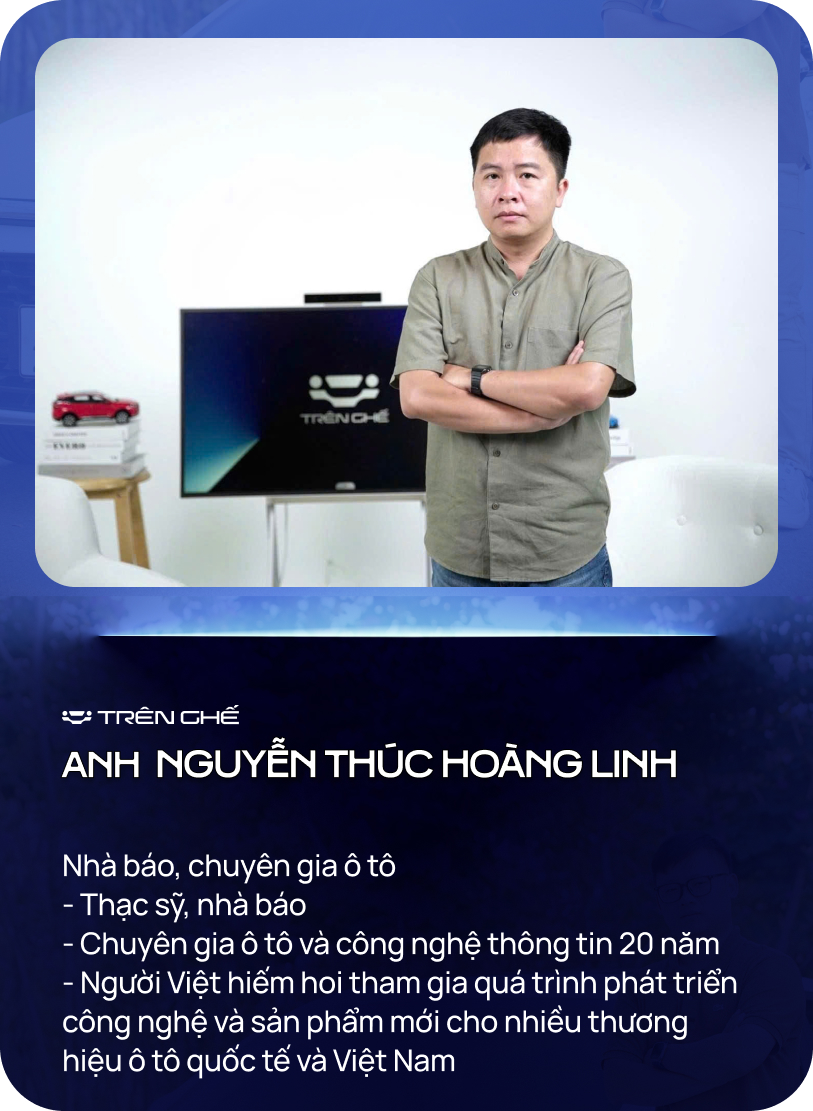
As one of the first Vietnamese to experience the Suzuki Fronx in Indonesia, what stood out to you about this vehicle?
We know that Suzuki is a relatively quiet brand, lacking the dynamism seen in other automakers. The Fronx is one of the first models that showcase a more youthful and vibrant side of the brand, making it quite unique.
Typically, Japanese automakers develop models specifically for the Southeast Asian market. However, the Fronx is sold in Japan and is purely designed by Japanese engineers, rather than relying on their Indian or Southeast Asian counterparts.

Suzuki Fronx in Indonesia. Photo: Hoang Dung
At its core, the Fronx targets a younger demographic. However, the Japanese concept of ‘young’ tends to be more conservative compared to other markets. As a result, the vehicle leans towards a more ‘dependable’ image while incorporating modern technologies such as ADAS, HUD, and mild hybrid systems—buzzwords that today’s car buyers are looking for.
The Suzuki Fronx is designed with a strong focus on passenger comfort, which sets it apart in the small car segment aimed at first-time buyers. In this segment, manufacturers often prioritize flashy tech features and designs to attract new customers who may not have extensive knowledge about automobiles. They just need an affordable means of transportation. However, Suzuki engineers have stated that the Fronx’s suspension system has been optimized, with extra attention given to reinforcing the chassis. There’s even a special detail designed to prevent discomfort for rear passengers when driving over potholes. Of course, we’ll need more time to thoroughly test these claims, especially in urban settings, as our test drive was limited to a closed circuit.

As for the driving experience, the mild hybrid powertrain of the Suzuki Fronx isn’t as powerful as full-hybrid or PHEV systems. However, it has its strengths. In small city cars like the Fronx, I believe this powertrain has an advantage over the heavier, MPV-like XL7.
Moreover, in Indonesia, we had the opportunity to test a variant with a manual transmission paired with the hybrid system, which offered a unique driving experience that isn’t as popular in Vietnam. The automatic variant features a 6-speed transmission instead of the CVT typically found in small cars. According to the project’s chief engineer, this decision was made to ensure that the Fronx delivers an engaging and dynamic driving experience, rather than prioritizing fuel efficiency…
This setup truly shines on the road.

Suzuki Fronx with mild-hybrid powertrain. Photo: Hoang Dung
The name of this model is a bit of a tongue-twister. Any thoughts on that?
I had the same question for Suzuki during my recent visit, and they provided some initial explanations. Essentially, we can understand Fronx as representing a new direction for Suzuki. If I recall correctly, the name is derived from “New Front,” signifying a new approach or trend.
This is evident in the product itself, as the Fronx differs significantly from other Suzuki models currently available in Vietnam.

You mentioned that the Suzuki Fronx targets younger buyers but isn’t exactly youthful, and the 6-speed transmission offers excitement but isn’t fuel-efficient. Don’t these contradictions pose a challenge in defining a clear target audience?
That’s absolutely correct.
When a vehicle tries to cater to too many criteria, it demands a very well-thought-out communication strategy. Historically, Suzuki hasn’t been the first choice for young buyers. However, in today’s busy and imperfect world, a dependable yet modern vehicle can find its niche. Combine that with a reasonable price tag and effective marketing, and Suzuki Vietnam can attract more attention to their brand.
In reality, the Fronx’s segment is dominated by established players, and the market is flooded with Chinese brands. While the price hasn’t been announced yet, if you’re looking for a car in the 500-600 million VND range, there are already numerous options available. This is a significant challenge.

So, what would you consider reasonable?
In Vietnam, the perception of reasonableness when it comes to vehicle pricing is heavily influenced by media and online reviews. Buyers tend to make decisions based on what they read “on the internet” rather than personal experience. Often, the initial price takes precedence over long-term ownership costs.
For those who prioritize dependability, it’s essential to consider the overall costs over a 5-year period, factoring in daily usage and minimal maintenance requirements. The Suzuki Fronx fits this bill. The key is to communicate to potential buyers that the price is justified for their needs, which is more important than predicting an exact figure at launch.
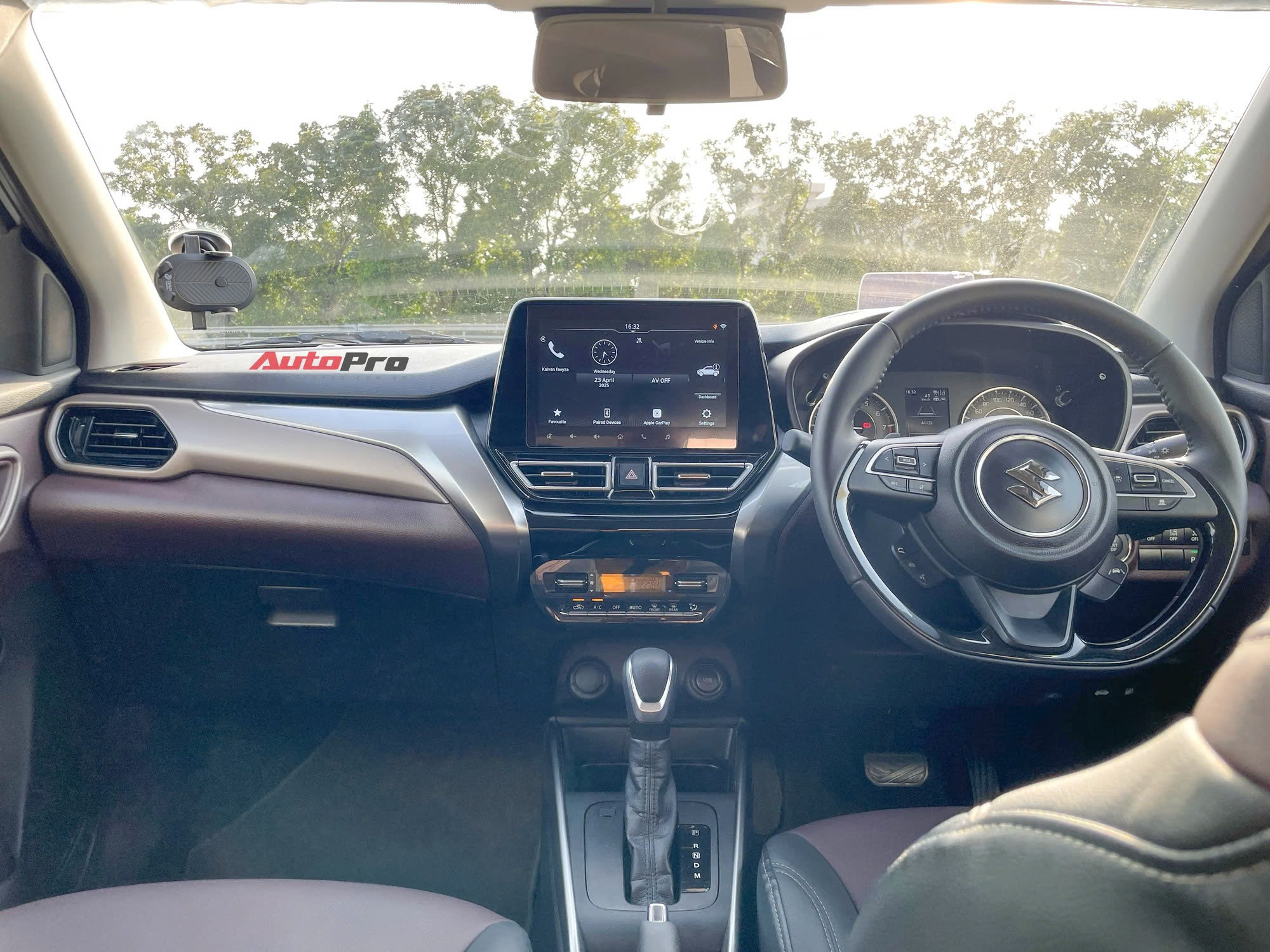
Additionally, even if the vehicle’s price is higher than competitors, offering attractive financing options, promotions, or excellent after-sales service can make customers feel like they’ve gotten a great deal. As a result, they’ll be satisfied with their purchase over the long term. So, I believe that reasonableness depends on how well the brand solves the financial equation for its customers.
Given your insights, what suggestions would you offer for this model, especially for the Vietnamese market?
The vehicles we tested in Indonesia were tailored to that market, so they had features that might not be well-received in Vietnam, such as fabric seats. While I personally appreciate fabric upholstery, it’s not ideal for Vietnam’s climate, and it might not fare well in online reviews compared to leather seats.
On the other hand, fuel efficiency is a strong suit, as many Vietnamese consumers are concerned about rising fuel costs.
Furthermore, the Fronx is equipped with a comprehensive suite of ADAS features. However, Japanese automakers tend to be more practical in their implementation of these technologies. The operation of ADAS in Japanese cars isn’t as flashy as what you’d find in Chinese or Korean brands.
Therefore, if Suzuki wants to emphasize these features for the Vietnamese market, they should consider offering higher-resolution displays, additional decorative elements, or other accessories.
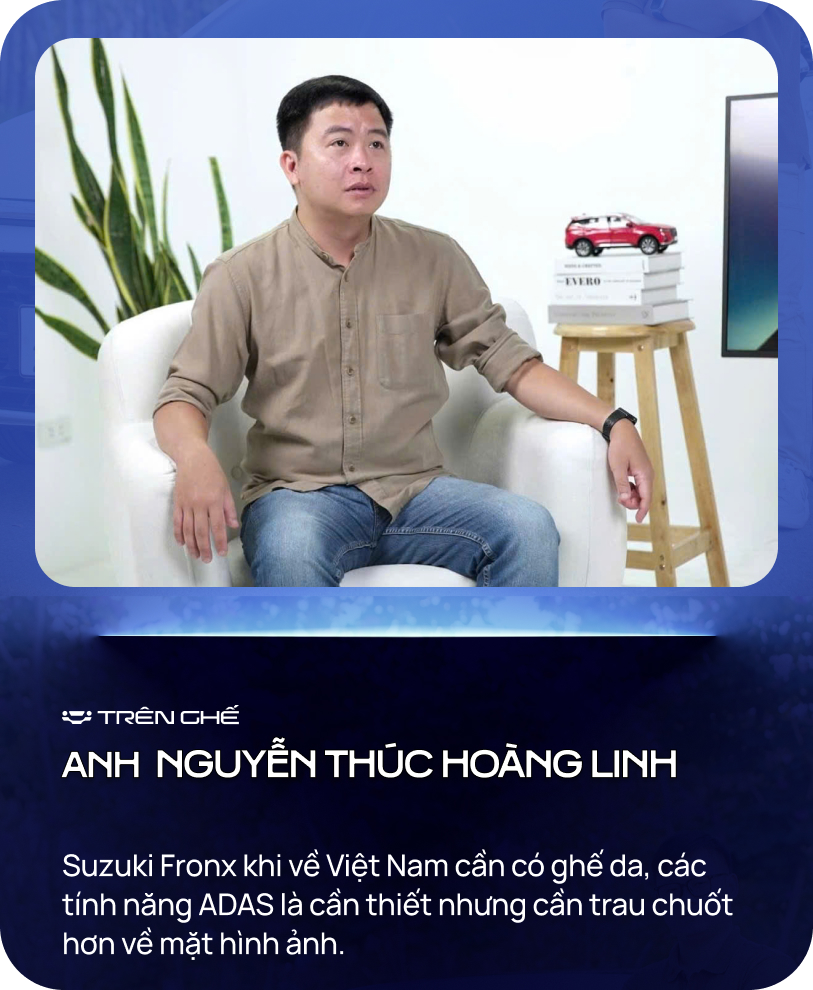
Based on your assessment, what are your thoughts on the opportunities and challenges faced by the Suzuki Fronx in Vietnam? Will it be just a token presence, or will it become a cash cow for the brand?
Currently, Suzuki Vietnam has a limited portfolio in the passenger car segment, so I believe they have high hopes for the Fronx—it’s not just a token offering. This model is their sole candidate in the urban crossover segment, which is currently the hottest category. I’m confident that Suzuki has a well-planned business strategy for the Fronx.
This segment is highly competitive, especially with the emergence of electric vehicles, which are popular among ride-sharing services. One disadvantage for the Fronx is that Suzuki isn’t the first brand that comes to mind when people think of family cars, despite the brand’s established reputation.
Another challenge is Suzuki’s limited presence on youth-oriented platforms, which makes it difficult to reach younger buyers.
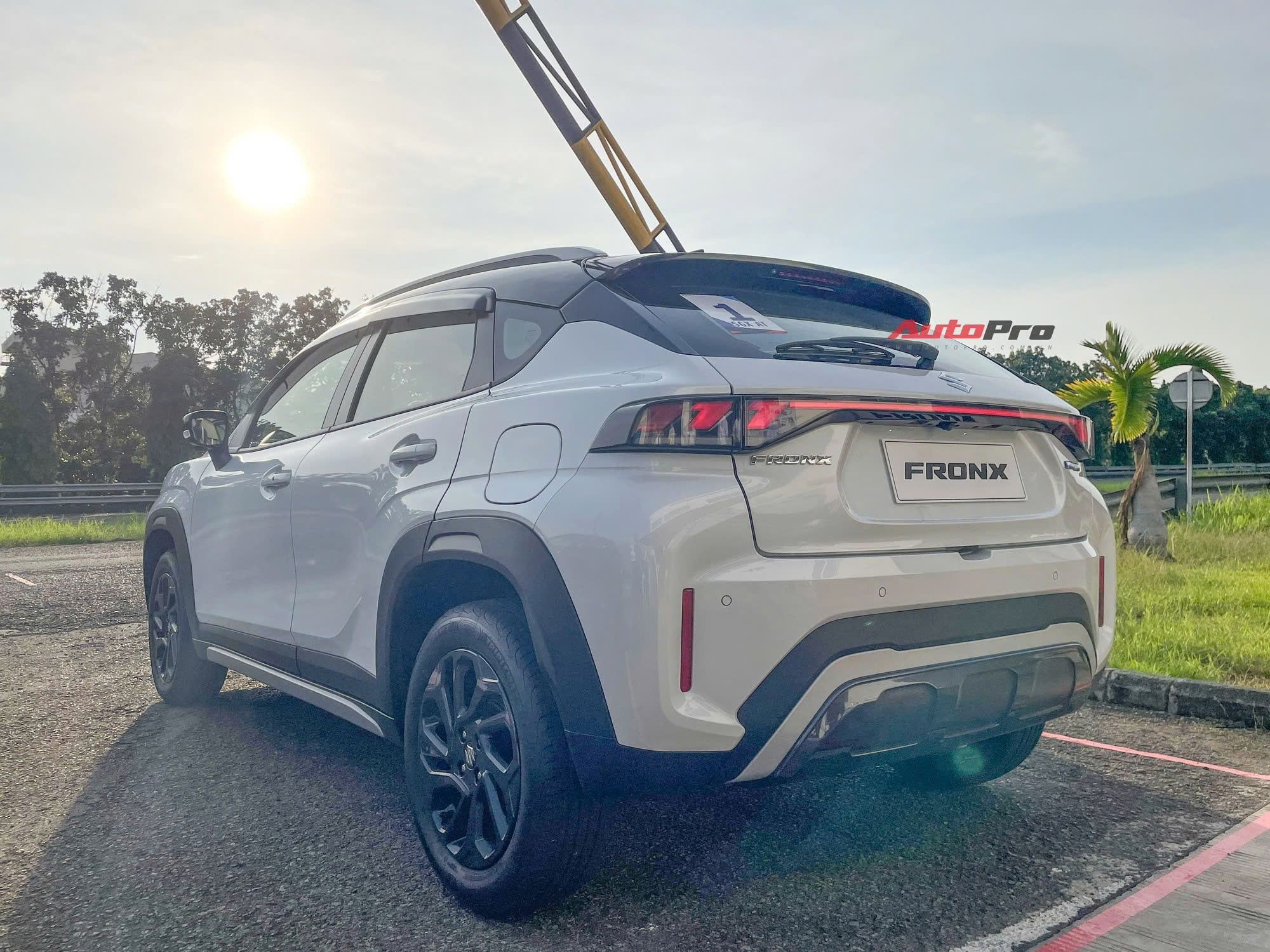
Suzuki Fronx faces stiff competition in a crowded segment. Photo: Hoang Dung
On the upside, being sold in Japan is a testament to the Fronx’s quality and reliability.
Additionally, the Fronx offers features well-suited to the Vietnamese urban environment, such as a tight turning radius of just 4.6 meters, a hybrid powertrain, and ADAS technology, which isn’t standard in this segment.
In terms of driving dynamics, I can confidently say that among small urban crossovers, the Fronx is for those who enjoy driving. However, the small dimensions may limit the sense of space.
Thank you very much, Mr. Linh, for your insightful perspectives.
The ‘On the Chair’ program is a collaboration between Ho Chi Minh City Television (HTV) and VCCorp; co-produced by AutoPro; and commercially operated by AdWheel.
The program airs on HTV9 at 6:10 PM from Monday to Saturday, with reruns at 8:00 PM across VCCorp’s multimedia platforms.
Thuy Trag
The Ultimate MPV: First Look at the VinFast Limo Green
VinFast’s first MPV model has been spotted in Hanoi, offering a glimpse of its design with no camouflage. The vehicle’s appearance confirms that the production model remains faithful to the previously revealed images, providing an exciting preview of what’s to come from this emerging automotive brand.
The Upcoming SUV Lineup: A Showcase of Automotive Excellence
The Mitsubishi DST Concept, Hyundai Creta 2025, Suzuki Fronx, and Skoda Kushaq are some of the most anticipated SUV models set to enter the Vietnamese automotive market in Q2 2025. These vehicles are expected to make a significant impact and offer exciting new options for consumers in the country.
Free Charging Attracts Customers to VinFast EC Van, but Experts Raise Questions
“The VinFast EC Van showcases the Vietnamese automaker’s forward-thinking vision, proactively embracing the trend towards greener emissions in major urban areas. With its free battery charging policy, VinFast is strategically appealing to environmentally conscious consumers, offering them a sustainable and cost-effective solution for their transportation needs.”


























